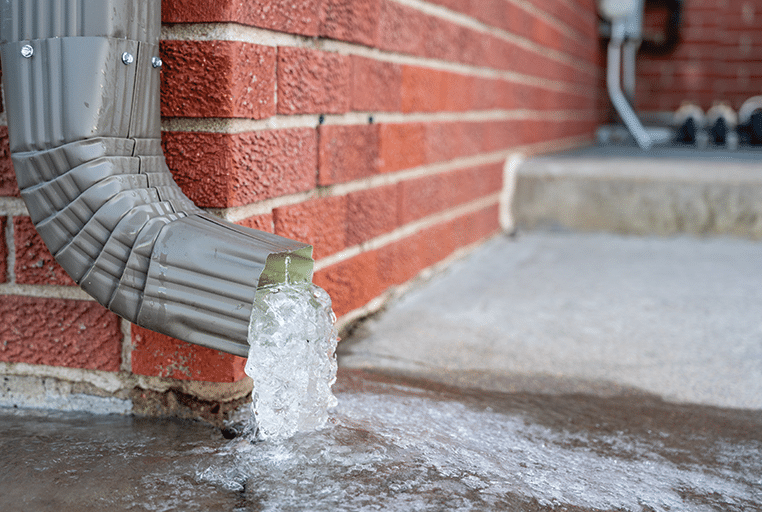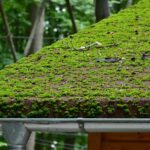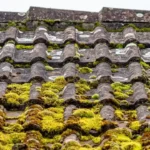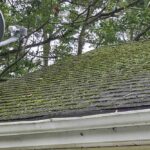For architects and designers, ensuring proper roof drainage is crucial in maintaining the structural integrity of a building. Without appropriate drainage, water can accumulate, leading to leaks, structural damage, and costly repairs. This article provides essential roof drainage tips for architects and designers, helping you create durable and efficient building designs.

Understanding the Importance of Roof Drainage
The importance of a well-planned roof drainage system cannot be overstated. Effective drainage prevents water accumulation, which can lead to serious issues such as mold growth, structural damage, and even roof collapse. By prioritizing drainage, architects and designers can safeguard their structures and ensure longevity.
Choosing the Right Roof Slope
The roof slope plays a significant role in drainage efficiency. A well-designed slope allows water to run off the roof efficiently, minimizing the risk of water pooling. Architects and designers must consider the local climate and typical weather patterns when determining the appropriate slope for a roof.
Implementing Effective Gutter Systems
Gutters are an essential component of any roof drainage system. They channel water away from the building, preventing damage to the foundation. Architects and designers should ensure that gutters are appropriately sized and positioned to handle the expected water flow.
Exploring Advanced Drainage Solutions
In addition to traditional methods, modern roof drainage systems incorporate advanced technologies to enhance efficiency. These systems can include green roofs, siphonic drainage, and customized downspout designs tailored to specific architectural styles.
Green Roofs
Green roofs are an innovative solution that provides environmental benefits while enhancing drainage. These systems use vegetation to absorb rainwater, reducing runoff and easing pressure on drainage systems. Architects and designers should consider integrating green roofs into their designs where feasible.
Siphonic Drainage Systems
Siphonic drainage systems are highly efficient, using gravity and atmospheric pressure to move large volumes of water quickly. These systems are ideal for large commercial buildings, offering a space-saving and effective drainage solution.
Common Challenges and Solutions
While developing roof drainage solutions, architects and designers may encounter various challenges. Being aware of these challenges and their solutions is crucial for designing effective systems.
Debris Accumulation
Debris such as leaves and twigs can block gutters and drainage systems, leading to water overflow. Regular maintenance and the use of gutter guards can mitigate this issue, ensuring free-flowing drainage.
Freezing Temperatures
In colder climates, freezing temperatures can lead to ice dams, which obstruct drainage and cause water to back up. Installing heating cables and ensuring proper insulation can help prevent these issues.
Design Considerations for Different Roof Types
Different roof types require unique drainage solutions. Architects and designers must tailor their strategies to the specific characteristics of each roof type.
Flat Roofs
Flat roofs are particularly vulnerable to drainage issues. To counteract this, designers should incorporate internal drains, scuppers, and tapered insulation to facilitate efficient water flow.
Pitched Roofs
Pitched roofs naturally facilitate drainage, but architects and designers should still ensure that gutters and downspouts are properly positioned to manage water runoff effectively.
Legal and Environmental Considerations
When designing roof drainage systems, architects and designers must comply with local building codes and environmental regulations. These rules often dictate specific requirements for drainage capacity and discharge methods.
Building Codes
Building codes vary by region and can impact the design of drainage systems. Architects and designers should familiarize themselves with these codes to ensure compliance and avoid potential legal issues.
Environmental Impact
Designing drainage systems with environmental considerations in mind can reduce the ecological footprint of a building. Implementing rainwater harvesting and using permeable materials can enhance sustainability.
Conclusion
By following these roof drainage tips for architects and designers, professionals can create structures that are both functional and durable. Effective drainage not only protects buildings but also contributes to their aesthetic appeal and environmental sustainability. For further insights, architects and designers can explore additional resources on proper roof water runoff management [here](https://roof-home.com/how-to-ensure-proper-roof-water-runoff/).

FAQs
What is the primary purpose of roof drainage?
The primary purpose of roof drainage is to prevent water accumulation on the roof, which can lead to leaks, structural damage, and other issues.
How does climate affect roof drainage design?
Climate affects drainage design by influencing the choice of materials, roof slope, and drainage capacity needed to handle local weather conditions effectively.
What are some sustainable drainage solutions?
Sustainable drainage solutions include green roofs, rainwater harvesting systems, and the use of permeable materials to reduce runoff and minimize environmental impact.
This article contains affiliate links. We may earn a commission at no extra cost to you.








